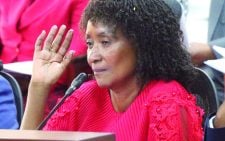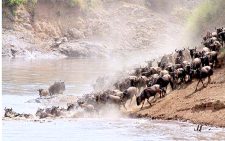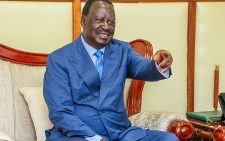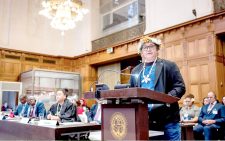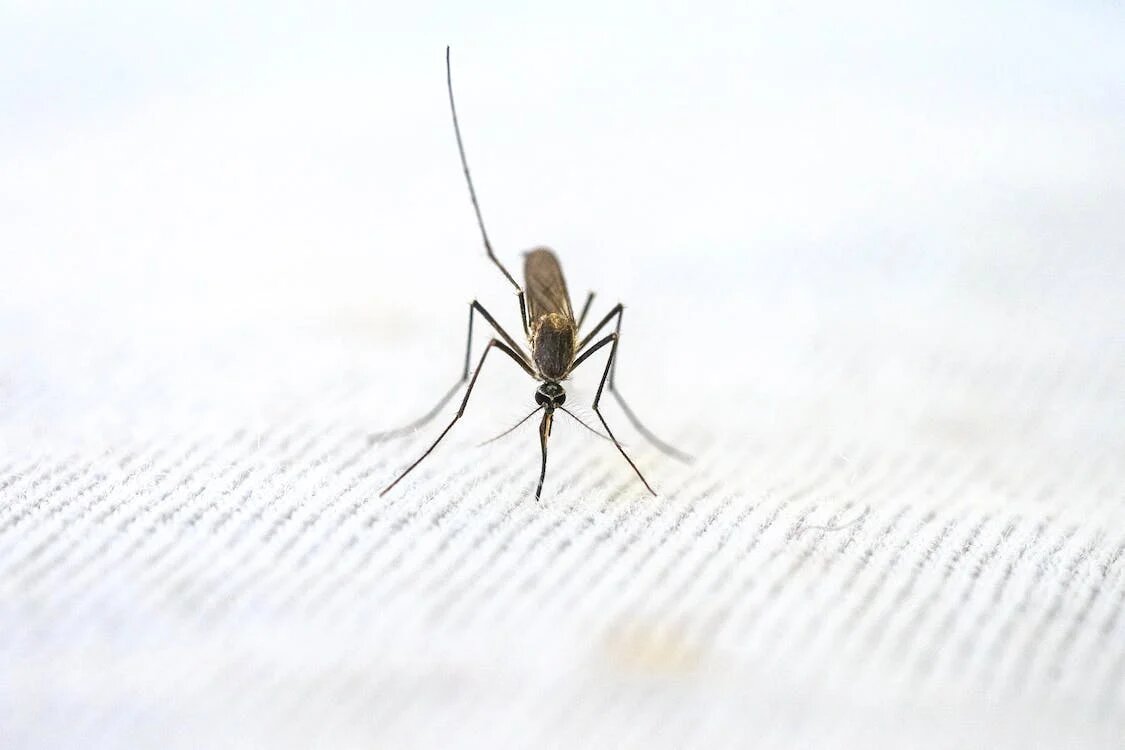Migingo residents want border report disclosed
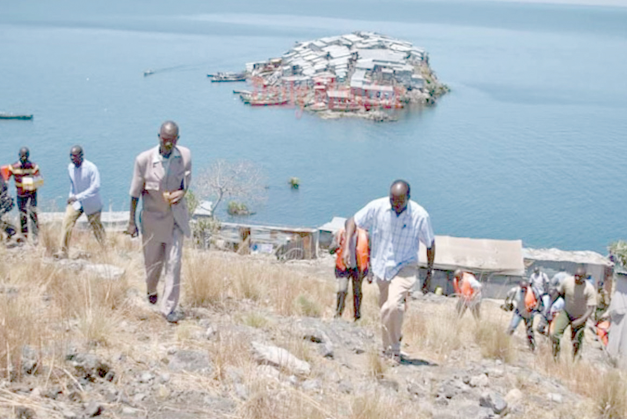
For close to two decades, Migingo island in Lake Victoria has remained a controversial asset for two East African countries of Kenya and Uganda. The less than 2,000 square-kilometre island, located in the Nyatike sub-county of Migori, is a breeding ground for many fish species, a rich fishing ground and a strategic location for both countries.
However, the continuous harassment of Kenyan fishermen and the community living on the island by Ugandan security agencies, has continued to draw criticism and raise tensions.
Now, a group working and living on the island has written a petition, dated January 2, to the Office of the President asking that they make public the report of the 2009 joint survey team tasked with affirming the Kenya-Uganda boundary.
The petition seeks action to end the ongoing repression that Kenyan citizens have been subjected to since 2004 by Ugandan forces. Dr Dan Alila, a former special counsel at the Africa Human Rights Bureau, is one of those pushing the petition on behalf of Kenyans living and working on Migingo island and Kenya’s territorial waters.
In June 2009, Kenya and Uganda crafted a joint technical survey team to undertake a physical demarcation of the Lake Victoria border using the Kenya Colony and Protectorate (boundaries) Orders in Council of 1926 and the Constitution of Uganda, as the basis for their work.
The exercise came to an abrupt end in early July 2009, when the joint surveyors differed on technicalities. The Kenyan team later established that the island is 510 metres inside the Kenyan territory.
According to Alila, failure to make the report public has led to cruel, inhuman and degrading treatment of Kenyans who are routinely and illegally arrested on the island. It also deprives fishermen and the Migingo community of their livelihood, events that are contrary to Article 30 (1) of the Kenyan constitution.
Nobody’s land
The Kenya-Uganda boundary in Lake Victoria, within which the tiny Migingo island is located, was established in 1926 by the Kenya Colony and Protectorate (boundaries) Order in Council where Kenya has been occupying and exercising sovereignty over the island.
Even before Uganda raised her claim over the island in 2004, the island was not terra nullius (nobody’s land), and could, therefore, not be the subject of occupation by Uganda.
Kenya’s exercise of territorial dominion over the island has remained unopposed backed mainly by the said boundary delineation and the stand of the Organisation of Africa Unity (OAU) and later, its heir, the African Union (AU) on the African boundaries established during the colonial period.
In 2018, then Siaya senator, James Orengo said the Migingo case should be taken to the International Court of Justice. At the time, Orengo noted, the row was getting out of hand.




